Tag: biomarkers
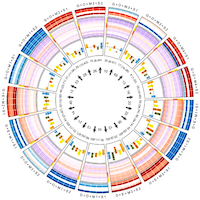
Uncovering Heterogeneity in Sepsis
Among critically ill patients with sepsis, subtype strategies using clinical, biomarker, and transcriptomic data do not identify comparable patient populations and are likely to reflect disparate clinical characteristics... read more
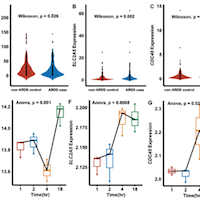
Genetic Causal Factors of ARDS
This comprehensive study highlights the importance of utilizing the MR-pheWAS framework in unraveling the complex etiology and pathogenesis of ARDS, and further underlines the value of integrating blood-based biomarkers into... read more
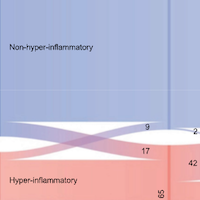
Inflammatory Subphenotypes in Patients at Risk of ARDS
We identified hyper- and non-hyperinflammatory subphenotypes in patients at risk of ARDS upon presentation to the emergency department. These subphenotypes remained identifiable over time and a hyperinflammatory subphenotype... read more
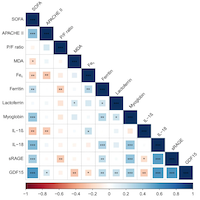
Ferroptosis and Pyroptosis Signatures in Critical COVID-19 Patients
Critical COVID-19 patients admitted to the intensive care unit (ICU) frequently suffer from severe multiple organ dysfunction with underlying widespread cell death. Ferroptosis and pyroptosis are two detrimental forms... read more

The Contribution of Procalcitonin, C-Reactive Protein and Interleukin-6 in the Diagnosis and Prognosis of Surgical Sepsis
The mortality rate was quite high in our study, consistent with the elevated serum biomarker concentrations, which were higher in non-survivors compared with survivors. C-reactive protein (CRP) and IL-6 were the most effective... read more

Biomarkers in Trauma, Injury and Critical Care (Biomarkers in Disease: Methods, Discoveries and Applications)
This handbook systematically presents biomarkers for traumatic injuries. The book covers topics such as traumatic brain injury, liver injury, burn severity, muscle heart damage, and acute inflammation in polytrauma and their... read more
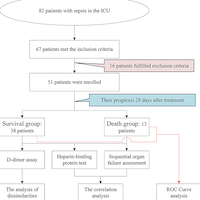
Heparin-Binding Protein Predictive Value and D-Dimer in Sepsis Patients
As common clinical indicators for predicting sepsis, both HBP and D-dimer have high diagnostic effectiveness. Furthermore, the combined application of these two biomarkers can achieve favorable effects. In clinical practice,... read more
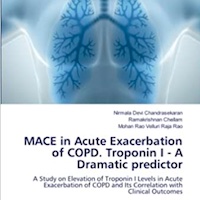
MACE in Acute Exacerbation of COPD – Troponin I – A Dramatic Predictor
The burden of COPD is rising due to continued exposure to risk factors that trigger lung inflammation and repeated secondary infections thereby contributing to the third leading cause of death globally. More COPD deaths... read more

Association of Vancomycin Plus Piperacillin-tazobactam with Early Changes in Creatinine vs. Cystatin C
Although dozens of studies have associated vancomycin + piperacillin–tazobactam with increased acute kidney injury (AKI) risk, it is unclear whether the association represents true injury or a pseudotoxicity characterized... read more
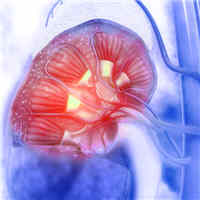
Subphenotypes of AKI in Adults
Subphenotyping may help reduce heterogeneity under the umbrella term of acute kidney injury (AKI). Despite challenges remain, the identification of AKI subphenotypes has opened the potential of AKI research focused on better... read more
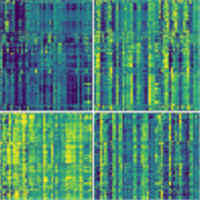
Postoperative Sepsis Infection Can Be Identified Using Gene Expression Signatures
Host biomarker signatures may be able to identify postoperative infection or sepsis up to three days in advance of clinical recognition. If validated in future studies, these signatures offer potential diagnostic utility... read more
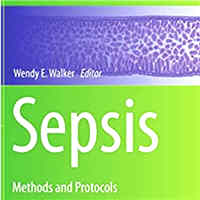
Sepsis: Methods and Protocols
This detailed volume presents a variety of animal models that are commonly used to study sepsis and some key procedures to measure specific disease outcomes. The chapters describe well-established surgical and nonsurgical... read more
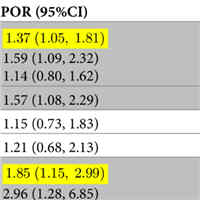
Plasma biomarkers of inflammation, coagulation, and brain injury as predictors of delirium duration in older hospitalized patients
Plasma Biomarkers of systemic inflammation and endothelial activation are associated with ED delirium duration in older ED patients without dementia. A total of 156 patients were enrolled. IL-6 (POR = 1.59, 95%CI: 1.09–2.32)... read more
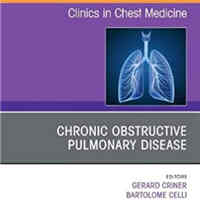
Chronic Obstructive Pulmonary Disease, An Issue of Clinics in Chest Medicine
This issue of Clinics in Chest Medicine, guest-edited by Dr. Gerard Criner and Dr. Bartolome Celli, is focused on Chronic Obstructive Pulmonary Disease. Topics discussed in this issue include but are not limited to: COPD... read more




